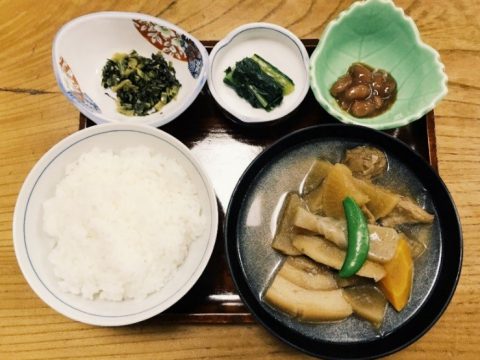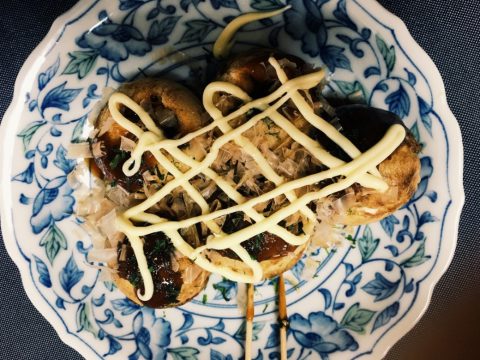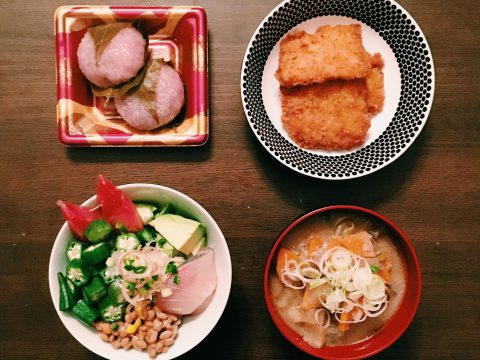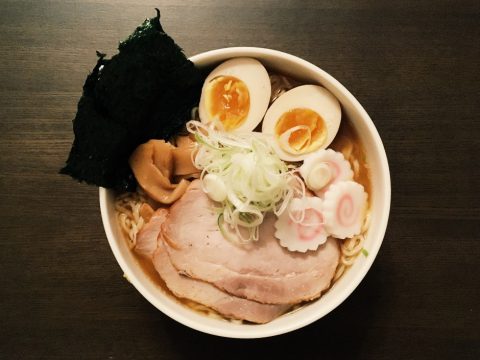SEASONAL EATING
JAPANESE FOODS
18.07.2017
I have been living and traveling around Japan for almost a decade. My passion for cooking and food is second to none. I have worked as a freelance translator, interpreter, and writer since 2009. In 2017, I published my first book about Japanese food and traveling tips, “Adventure Japan”.
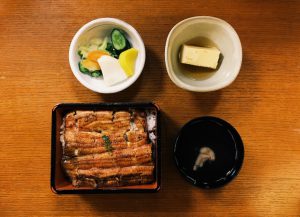
Washoku (Japanese cuisine) embraces the seasons’ bounties and offers seasonal feasts. Seasonal eating is deep-rooted in washoku and, in general, Japanese culture. Japanese people take great pride in and treasure the four seasons. Around this time of the year, the long summer returns in a blazing heatwave. It is as if the summer has sent a seasonal greeting card in the form of sweltering heat to inform us that it is time to enjoy natsu matsuri (summer festivals) and be prepared for natsubate (summer fatigue). Many people enjoy the summer time, while some fall ill due to exhaustion. Japanese people believe that unagi (freshwater eel) increases stamina, helpful for withstanding the scorching summer months. Even though unagi can be consumed all year round, it has been perceived as one of the quintessential summer foods since the Edo period. Washoku has been inspiring the seasonal eating habits of Japanese people for centuries. Throughout the year, washoku offers a variety of other seasonal dishes, ranging from sakura-related dishes in spring and grilled sanma (pacific saury) and matsutake in autumn; to nabe (Japanese hot pot) in winter.


